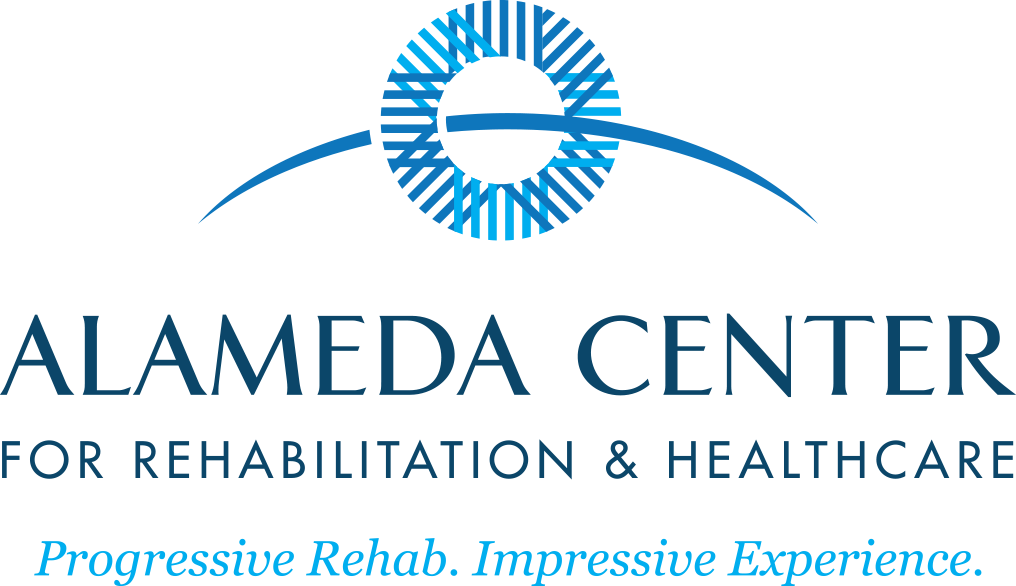Eye Care, Treatment and Interventions in the Skilled Nursing Facility
Patients are generally at a skilled nursing facility for issues that are unrelated to their eyesight. However, it’s something that shouldn’t be left out of well-care exams for patients at any age in any type of living arrangement.
Eyesight counts
Unless there are complaints, eyesight is something that can get overlooked, especially for patients who are older or can’t easily communicate. Patients who live at skilled nursing facilities often fall into one of those categories. In addition, as we age, our eyesight often gets weaker, making this population particularly susceptible to trouble with vision, yet are often not treated.
This is unfortunate, because vision can play a large role in someone’s quality of life. Patients who have poor vision have more limited mobility, higher rates of depression, decreased physical activity, and unsteady balance. while on their own these factors decrease quality of life, they can also lead to worse problems such as falls and fractures, heart disease and diabetes. these in turn can lead to morbidity and mortality, and in fact, poor vision is linked with greater morbidity and mortality.
Rates of impaired vision in seniors who lives in skilled nursing facilities or long term care facilities are between 3 and 15 times higher than rates of vision impairment in seniors who live at home. while there might be various causes for this, some evidence points to it being at least in part due to insufficient vision management in their overall care.
On the flip side, better vision management as been associated with higher quality of life, and there’s no reason someone’s eyes shouldn’t be checked and restored as well as possible. There are several ways to deal with the issue.
Eye exams for all and at any skilled nursing facility
The care in a skilled nursing facility is often focused on the patient’s ADLs and overall comfort, which puts eye health on a lower rung of the ladder. However, it should not be overlooked even for these patients.
One of the ways to make sure patients are seeing well is to bring in an ophthalmologist or optometrist several times a year to check vision and eye health. Some patients may be not strong or healthy enough to make it to the eye doctor’s office, and so the facility needs to bring the office to them.
Programs that have been started to operate in this way have been successful. Doctors have been able to bring necessary equipment to conduct proper eye exams and then provide follow up management after initial assessments. these programs used advanced tracking systems to determine who needed exams and how much follow up was necessary. Some needed monthly visits while others needed only every few months, and each was given what they needed accordingly.
Much of these types of arrangements are covered through insurance, and for the trial programs, the rest was paid out of pocket. glasses were paid for out of pocket. There were adjustments made for patients who had limited communication skills, including bringing in family members to help communicate the patient’s background and current situation to the doctors. the follow up care for the patients was a strong component of the program, since vision in older populations can degenerate fairly quickly, and catching something early can make a difference in the patient’s outcomes.
At the Alameda Center, we provide all of the extra care and management that a skilled nursing facility can offer. Our expert doctors assess and give treatment according to each patient’s needs.
